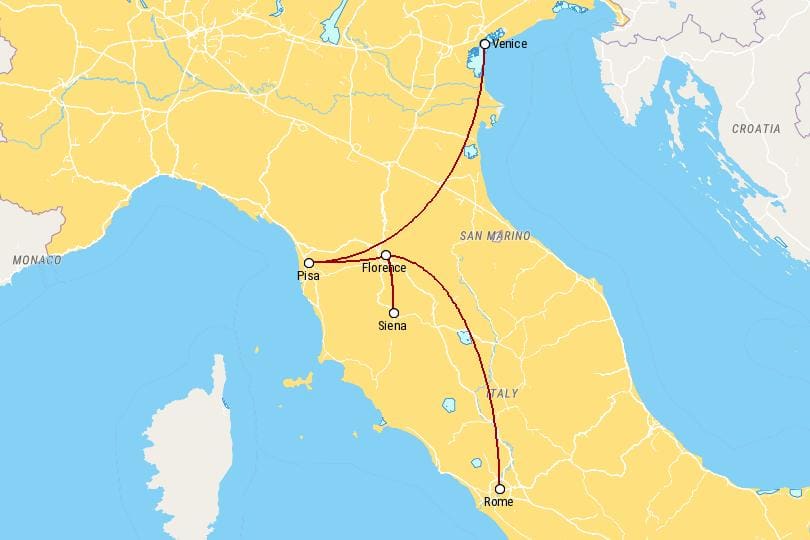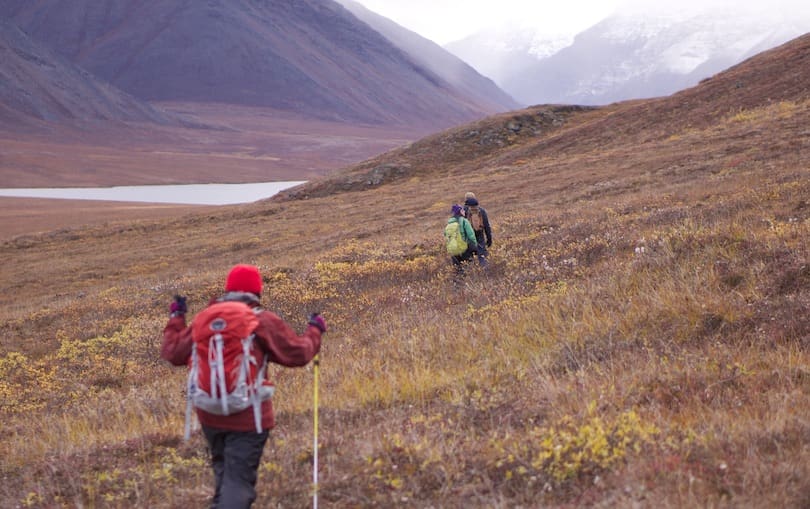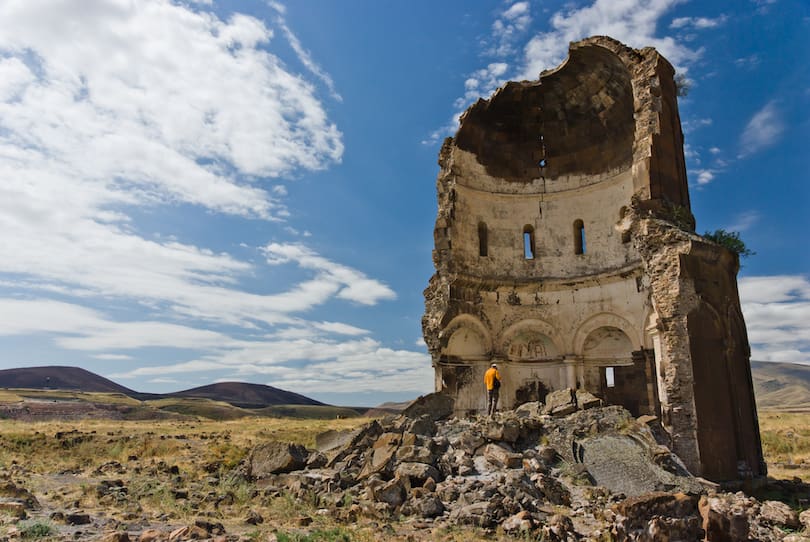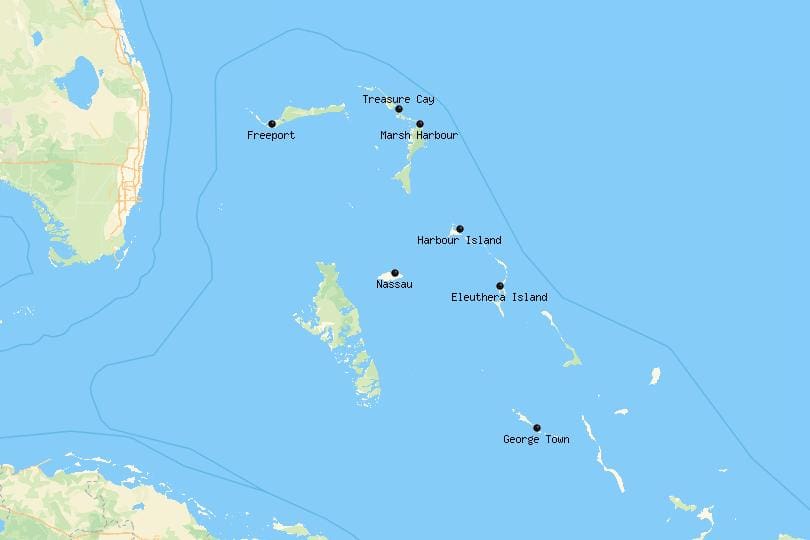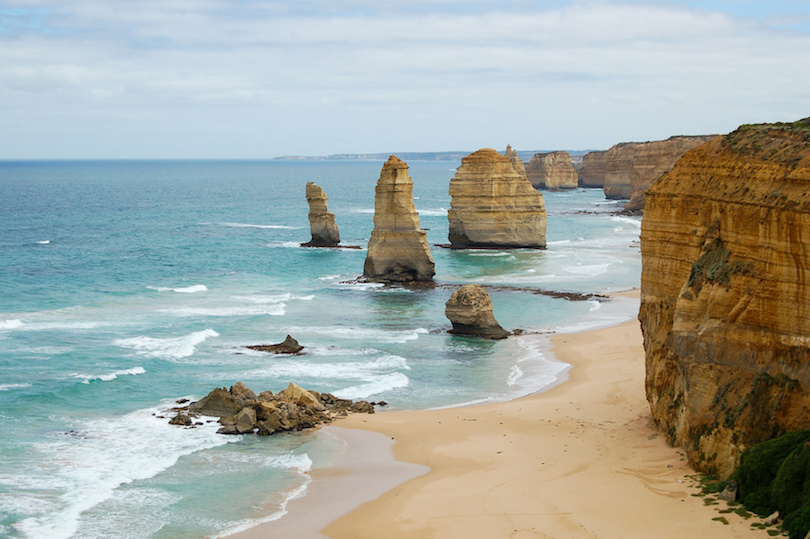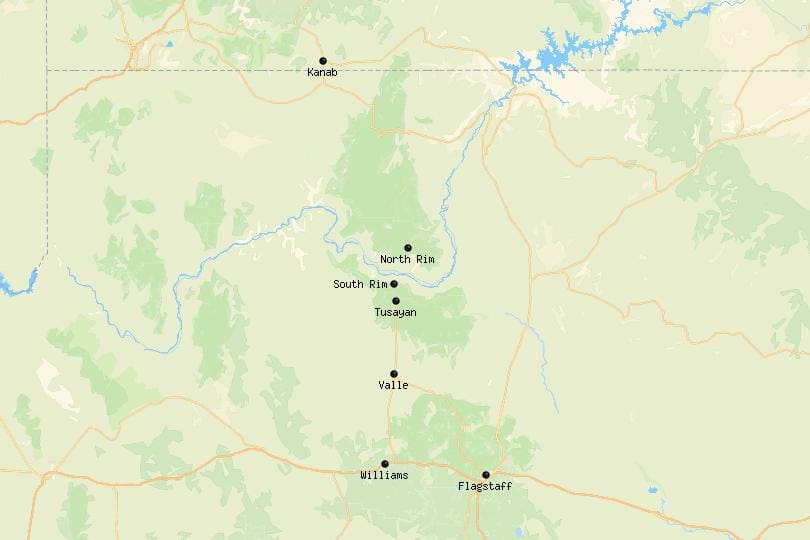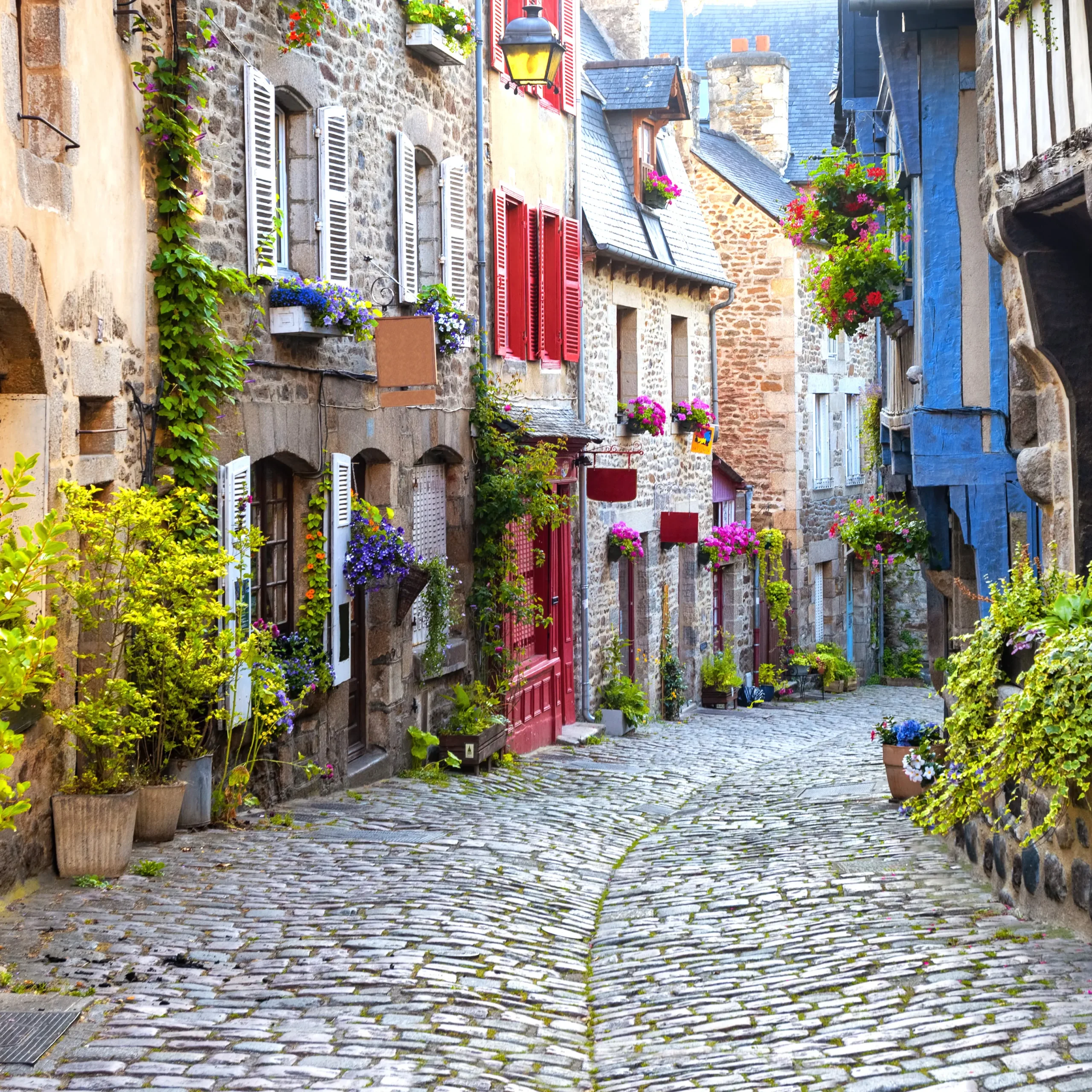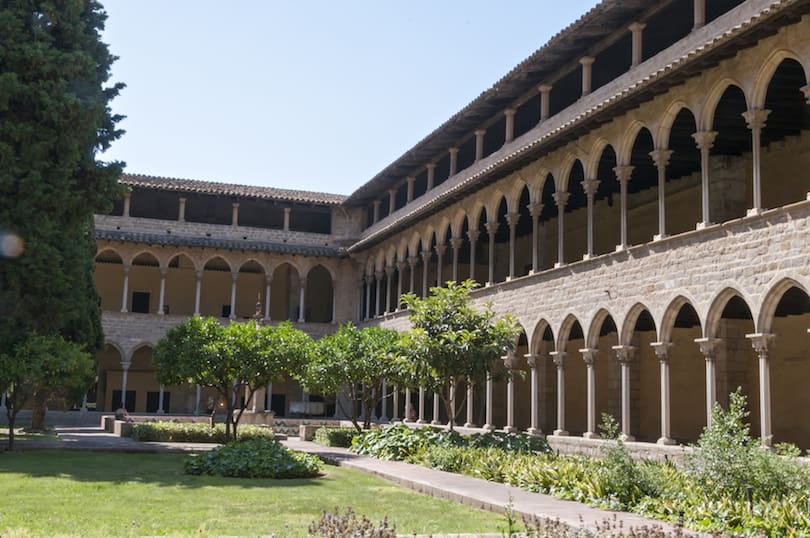Panna National Park is a paradise for nature lovers, wildlife enthusiasts, and adventure seekers. Located in the Indian state of Madhya Pradesh, it is a unique combination of stunning natural beauty and diverse flora and fauna. The park is home to a range of endangered species, including tigers, leopards, and Indian vultures, making it one of the top wildlife destinations in the country. In this article, we will take you on a journey through the magical wilderness of Panna National Park, and give you a comprehensive guide to exploring this wildlife haven.
Table of Contents
- Introduction
- Location and History of Panna National Park
- Flora and Fauna of Panna National Park
- Best Time to Visit Panna National Park
- How to Reach Panna National Park
- Safari Options in Panna National Park
- Accommodation Options in Panna National Park
- Things to Do in Panna National Park
- Tips for Visiting Panna National Park
- Conservation Efforts in Panna National Park
- Conclusion
- FAQs
Introduction
Panna National Park is a sprawling wildlife reserve that covers an area of over 542 square kilometers. The park is situated in the Vindhya Range, and is characterized by rugged terrain, deep gorges, and steep slopes. The landscape is dotted with picturesque waterfalls, lush green forests, and serene rivers, which make it a naturalist’s paradise. Panna is famous for its tiger reserve, and the park has been successful in bringing back the big cat from the brink of extinction.
Location and History of Panna National Park
Panna National Park is located in the Chhatarpur and Panna districts of Madhya Pradesh, India. The park is situated about 57 km from Khajuraho, a popular tourist destination famous for its ancient temples. The park was established in 1981, and was declared a tiger reserve in 1994. However, the park suffered a major setback in 2009, when all its tigers were poached. The park authorities took swift action to replenish the tiger population, and today, Panna is one of the most successful tiger conservation projects in the country.
Flora and Fauna of Panna National Park
Panna National Park is home to a wide variety of flora and fauna. The park has a rich diversity of vegetation, including dry deciduous forests, mixed forests, and teak forests. The park is also home to over 200 species of birds, including migratory birds such as the bar-headed goose, which visit the park during the winter months. The park is most famous for its tiger reserve, which is home to around 50 tigers. Other major wildlife attractions in the park include leopards, sloth bears, wild dogs, chital, sambhar, and nilgai.
Best Time to Visit Panna National Park
The best time to visit Panna National Park is between November and April. During these months, the weather is pleasant, and the park is open for visitors. The summer months, from May to June, can be extremely hot and humid, and the park is closed during the monsoon months, from July to October.
How to Reach Panna National Park
Panna National Park is well-connected by road and air. The nearest airport is in Khajuraho, which is about 57 km from the park. The airport has regular flights from major Indian cities such as Delhi and Mumbai. The park is also well-connected by road, and can be accessed by car or bus from major Indian cities.
Safari Options in Panna National Park
Safaris are the best way to explore the wildlife and natural beauty of Panna National Park. The park offers two types of safaris – jeep safaris and elephant safaris. Jeep safaris are the most popular, and are conducted twice a day – early morning and late afternoon. The safaris last for about 3 hours, and are led by experienced guides who take you deep into the heart of the park. Elephant safaris are also available, and give you a unique perspective of the park from the back of an elephant. These safaris are conducted early in the morning, and last for about 2 hours. It is recommended to book your safari well in advance, especially during peak tourist season.
Accommodation Options in Panna National Park
Panna National Park offers a range of accommodation options to suit all budgets and preferences. The park has a forest lodge, which is run by the Madhya Pradesh Forest Department, and offers comfortable rooms at affordable rates. There are also a number of luxury resorts and campsites located outside the park, which offer a more luxurious stay. Some of the popular accommodation options in and around Panna National Park include the Pashan Garh Wilderness Lodge, Ken River Lodge, and Sarai at Toria.
Things to Do in Panna National Park
Apart from safaris, Panna National Park offers a range of activities for tourists. Visitors can go on nature walks, birdwatching tours, and explore the nearby waterfalls and natural pools. The park also has a number of ancient temples and ruins, including the Pandav Falls and the Rajgarh Palace, which are worth a visit. Visitors can also take a day trip to the nearby town of Khajuraho, which is famous for its UNESCO World Heritage site – the Khajuraho Group of Monuments.
Tips for Visiting Panna National Park
- Carry comfortable and breathable clothing suitable for the weather.
- Wear sturdy walking shoes and carry insect repellent.
- Follow the park rules and guidelines, and maintain a safe distance from the wildlife.
- Carry a pair of binoculars and a camera to capture the stunning wildlife and natural beauty of the park.
- Book your safaris and accommodation well in advance, especially during peak tourist season.
Conservation Efforts in Panna National Park
Panna National Park is one of the most successful tiger conservation projects in the country. The park has been successful in restoring the tiger population, and has implemented a number of conservation measures to protect the park’s flora and fauna. The park authorities work closely with the local communities to promote sustainable tourism, and to prevent poaching and illegal logging. The park also runs a number of community outreach programs, which aim to raise awareness about the importance of conservation.
Conclusion
Panna National Park is a wildlife haven that offers a unique combination of natural beauty and diverse flora and fauna. The park is a must-visit destination for nature lovers, wildlife enthusiasts, and adventure seekers. From tiger safaris to ancient temples and waterfalls, Panna has something for everyone. So pack your bags, and embark on an unforgettable journey through the magical wilderness of Panna National Park.
FAQs
- Is Panna National Park safe for tourists?
- Yes, Panna National Park is safe for tourists, provided you follow the park rules and guidelines.
- What is the best time to visit Panna National Park?
- The best time to visit Panna National Park is between November and April.
- What are the safari options in Panna National Park?
- Panna National Park offers jeep safaris and elephant safaris.
- What are the popular accommodation options in Panna National Park?
- Some of the popular accommodation options in and around Panna National Park include the Pashan Gar


